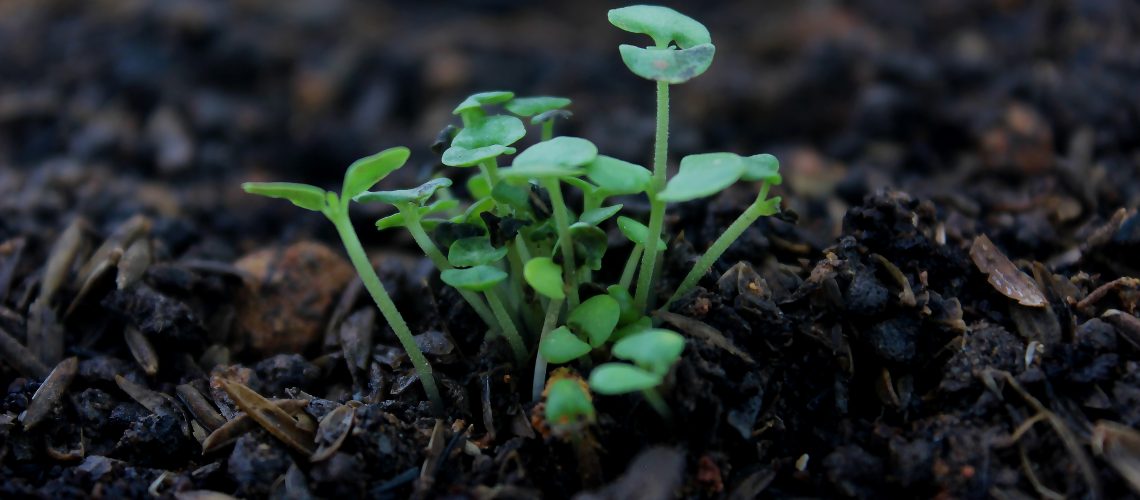
We are often asked what is a good level of microbial biomass (MB). There is no one answer. The level of MB you can reach is dependent on soil organic matter (SOM.) Soil organic carbon (SOC) is a large part of soil organic matter but SOM is a mixture of Carbon (C), Nitrogen (N), Phosphorus (P), Sulfur (S) and all the other minerals that microbes and plants need.
There are 2 types of SOM: Stable SOM, often referred to as humic matter; and Fresh SOM. Fresh SOM is composed of SOM material recently released from Stable SOM and any fertilizers, amendments or litter. You can compensate for low stable SOM by providing lots of fresh SOM. The key to the efficacy of fresh SOM is that it needs to be nutrient balanced*, i.e. it needs the correct balance of C,N,P, and S. That is where understanding soil chemistry and using the right additives comes in.
Think of SOM as your credit reserve. In spring, the plant starts to grow and puts out exudates that stimulate the microbes to multiply. But these multiplying microbes need more than the sugars that the plant supplies, they need the N, P, S and micro nutrients that are in SOM.
Agronomists often cultivate soil for intensive organic agriculture and those soils contain lots of fresh organic matter. The microbial biomass of these mixtures can read as high as 2000 ug MBC/gram of dry soil. As the microbes and plants in this rich soil die, they become fresh SOM. The amount of stable SOM that soil can store depends to a large degree on the type of soil because storage requires mineral surfaces for attachment and aggregates for protection. If your soil is inherently poor at storing SOM, you will need to rely on fresh SOM to feed your microbes and plants.
We highly recommend that you read the review referenced below to better understand SOM.
Coonan, E.C., Kirkby, C.A., Kirkegaard, J.A. et al. Microorganisms and nutrient stoichiometry as mediators of soil organic matter dynamics. Nutr Cycl Agroecosyst 117, 273–298 (2020). https://doi.org/10.1007/s10705-020-10076-8

